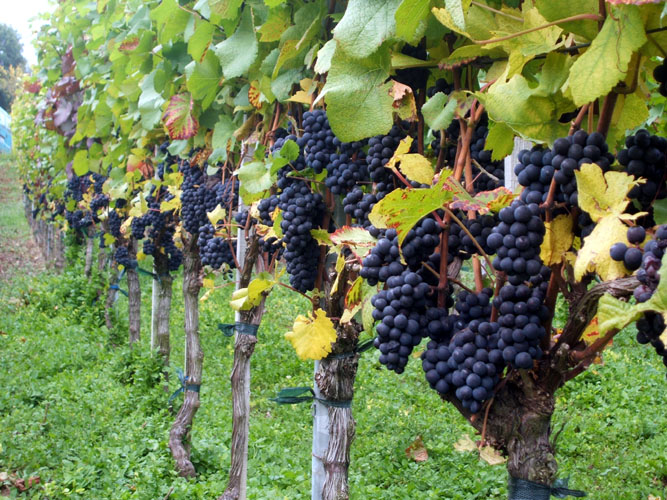Salwey, Oberrotweiler Käsleberg, Spätburgunder 2008
It is time again to drink a Salwey wine - this time with Borough Wines and the Winesleuth as part of my mission to spread the word on German wine. Salwey is a producer I really like. Based in the hot South-West of Germany, they specialise in Pinot (Noir, Gris, Blanc), but do also demonstrate that you can make good Riesling and Chardonnay in the hot, volcanic area of the Kaiserstuhl.
This Pinot Noir comes from the Oberrotweiler Käsleberg, a terraced vineyard with loam soil that is said to produce wines that develop quickly and have an elegant note to them. Is this reflected in the Spätburgunder in front of us?








